
https://physics.stackexchange.com/questions/113290/simulate-plot-electrostatic-field
Windows: DEMO_XY.exe 26 Linux: ./DEMO_XY.run 26
Each pixel of picture represents one mesh node.
white colour - vacuum red colour - electrode 1 (casing) green colour - electrode 2 blue colour - electrode 3 (round)

mesh size: number of rows == 401 number of columns == 401 coordinates: x_start == -200.0 [mm] x_stop == +200.0 [mm] y_start == -200.0 [mm] y_stop == +200.0 [mm] number of iterations >>> SUCCESS - solution V(x,y) has been found after 65207 iterations electrode 1 (red frame, casing) boundary == 1 voltage == +0.0 [V] thickness == 10 nodes electrode 2 (A+B) (A) boundary == +2 voltage == +9.0 [V] i_col == 181 .. 200 i_row == 101 .. 200 (B) boundary == +2 voltage == +9.0 [V] i_col == 101 .. 200 i_row == 200 .. 220 electrode 3 (round, blue) boundary == +3 voltage == -1.0 [V] x_center == +50.0 [mm] y_center == +20.0 [mm] radius == +30.0 [mm] computation accuracy: eps == 1.0E-9 [V]
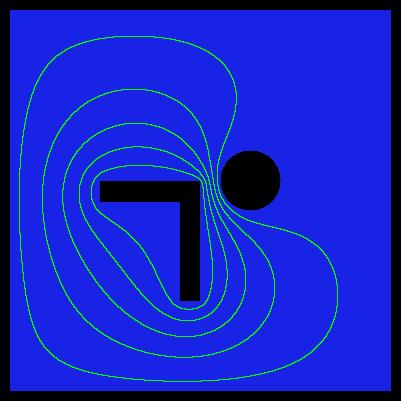

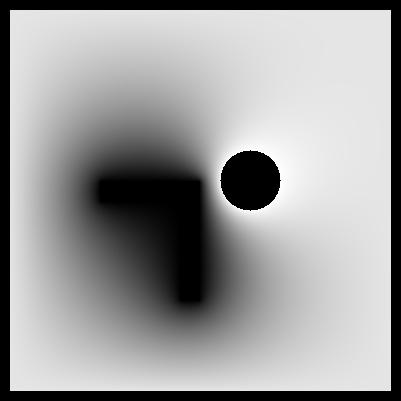
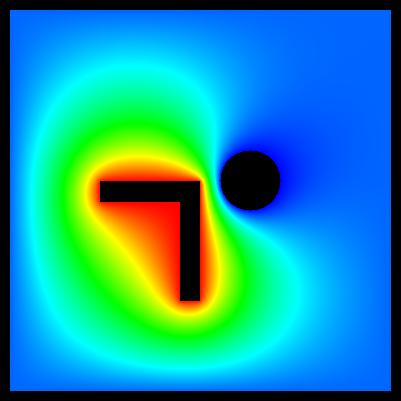

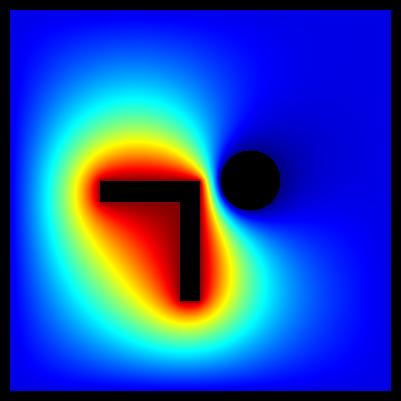
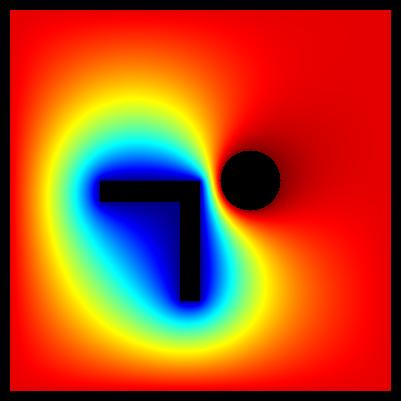
Important: determinig of exact values of E near electrode surface is generally problematic. These maps have generally illustrative character.


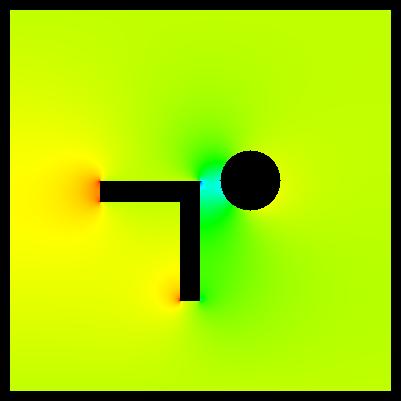
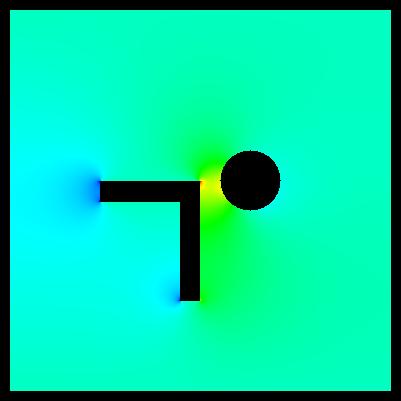
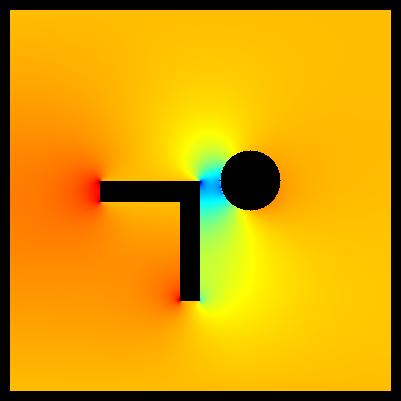
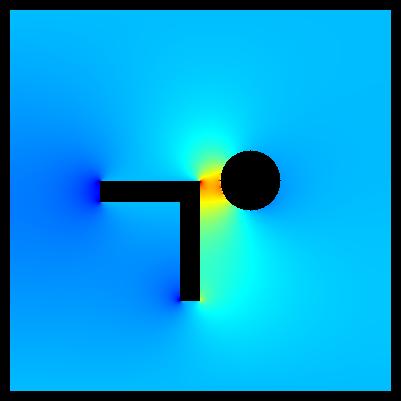
Important: determinig of exact values of E near electrode surface is generally problematic. These maps have generally illustrative character.


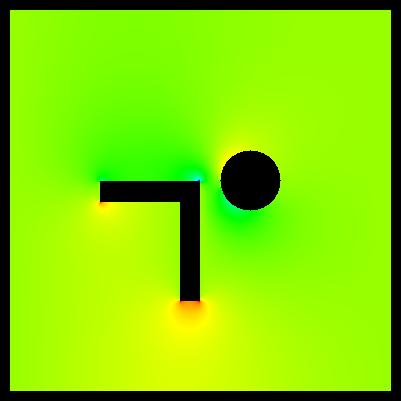
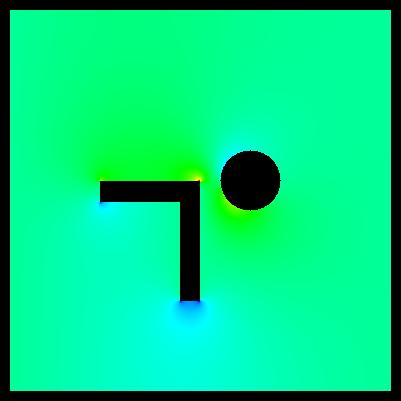
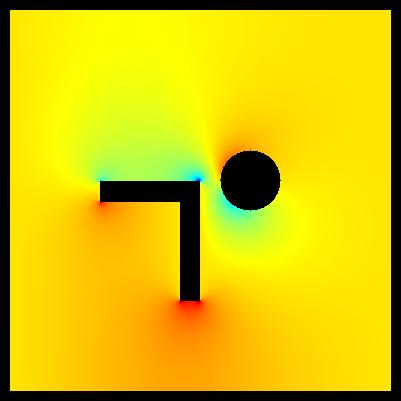
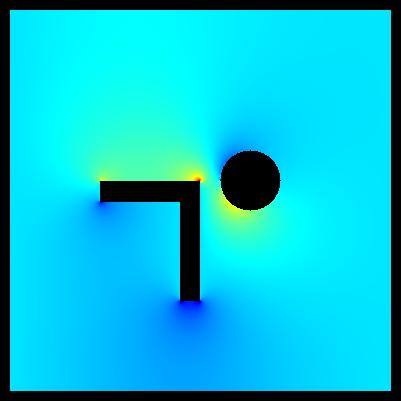
algorihm of computation: E = sqrt(E_x*E_x + E_y*E_y)
Important: determinig of exact values of E near electrode surface is generally problematic. These maps have generally illustrative character.


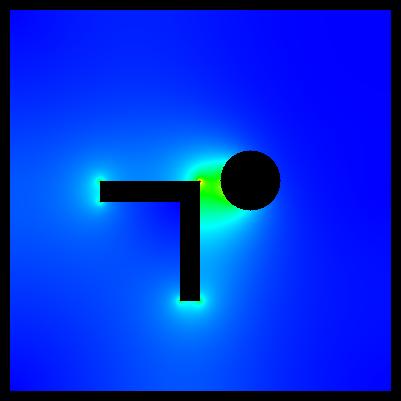
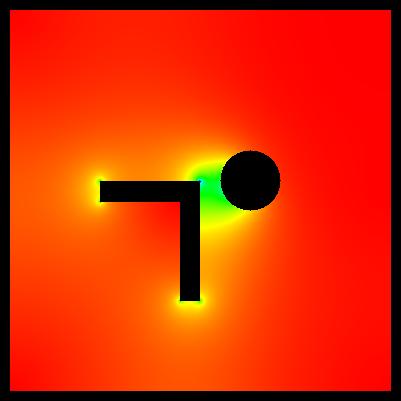
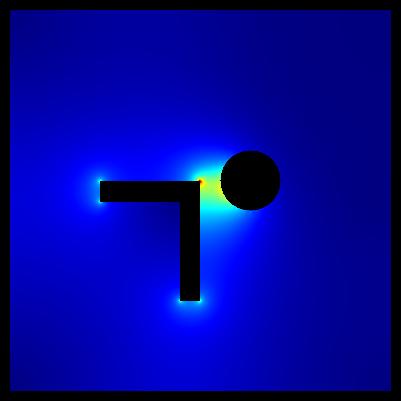
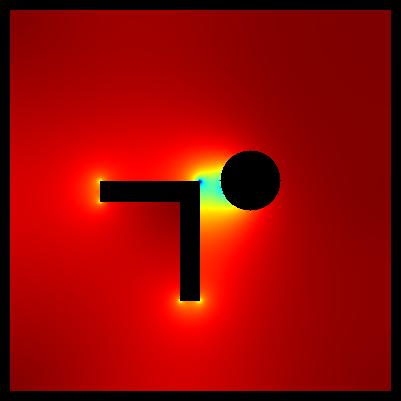
algorithm of computation: E*E = E_x*E_x + E_y*E_y
Important: determinig of exact values of E near electrode surface is generally problematic. These maps have generally illustrative character.






This static site does not use any cookies or gather any data.